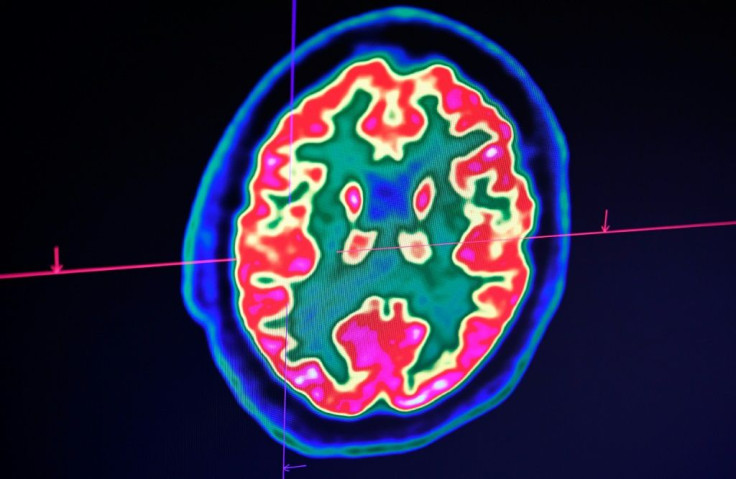This Magnetic Helmet 'Shrunk' A Man's Deadly Tumor By 31%
KEY POINTS
- Glioblastoma is an aggressive form of cancer that may affect the brain or spine
- A glioblastoma patient wore researchers' magnetic device for a few hours each day
- He had 36 days of treatment, and results revealed his tumor shrunk by 31%
- This could be a "powerful new non-invasive therapy" to treat glioblastoma: researchers
In a "first-in-world" human test, a team of researchers found that a magnetic helmet device significantly shrunk a man's brain tumor. Much of the therapy was done in the man’s own home.
The researchers of a study, recently published in Frontiers in Oncology, report the case of a 53-year-old man who used a helmet that generated a non-invasive oscillating magnetic field (OMF) for his "end-stage recurrent glioblastoma" (GBM).
The researchers had been working on the OMF treatment in mice, Houston Methodist noted in a news release, adding that the team had already received FDA approval for compassionate use treatment of the Oncomagnetic Device for the patient.
The man initially received the treatment in the Peak Center clinic while being supervised by a physician and the principal investigator, the researchers noted. After the first three days, he continued the treatment at home, where he mostly did it from Monday through Friday, and then had the weekends off.
The procedure was said to be "well-tolerated" and, in total, the man received the treatment for 36 days. It had to be stopped after he had a closed head injury from a fall.
"Whether the fall was related to the treatment in any way is uncertain. It is worth noting, however, that the patient had experienced several falls before initiation of treatment," the researchers wrote.
The man, unfortunately, died from the injury, but an autopsy of his brain confirmed that he did respond to the treatment. Specifically, 31% of his tumor disappeared during the short time that he had the treatment.
"To our knowledge, there is no report in the literature of a noninvasive treatment-related shrinkage of CET (contrast-enhanced tumor) volume of GBM at a rate comparable to that seen in this study," the researchers wrote.
"Thanks to the courage of this patient and his family, we were able to test and verify the potential effectiveness of the first noninvasive therapy for glioblastoma in the world," corresponding author, David R. Baskin, M.D., FACS, FAANS, said in the news release.
"The family's generous agreement to allow an autopsy after their loved ones' untimely death made an invaluable contribution to the further study and development of this potentially powerful therapy."
Glioblastoma is an "aggressive" type of cancer that can occur in the spinal cord or the brain. It can be difficult to treat, and "a cure is often not possible." Among the treatments available for the condition are surgery, radiation therapy, and chemotherapy, but treatment outcomes remain "dismal," the researchers noted. What's more, the standard treatments often have "negative impacts" on the patients' quality of life.
According to the researchers, the non-invasive Oncomagnetic device appears to be "safe and efficacious" as a treatment for glioblastoma that has "many advantages" compared to other existing treatments.
"Imagine treating brain cancer without radiation therapy or chemotherapy. Our results in the laboratory and with this patient open a new world of non-invasive and nontoxic therapy for brain cancer, with many exciting possibilities for the future," Baskin said.

© Copyright IBTimes 2024. All rights reserved.












